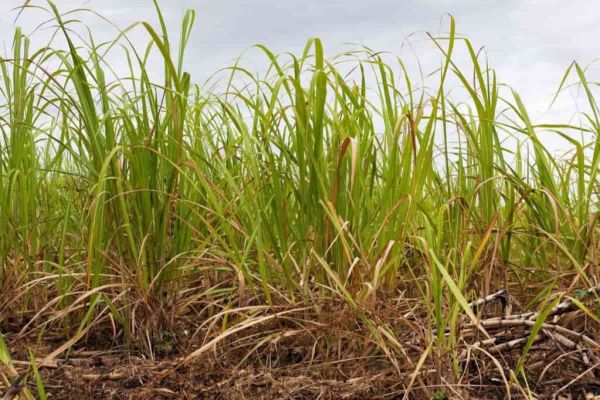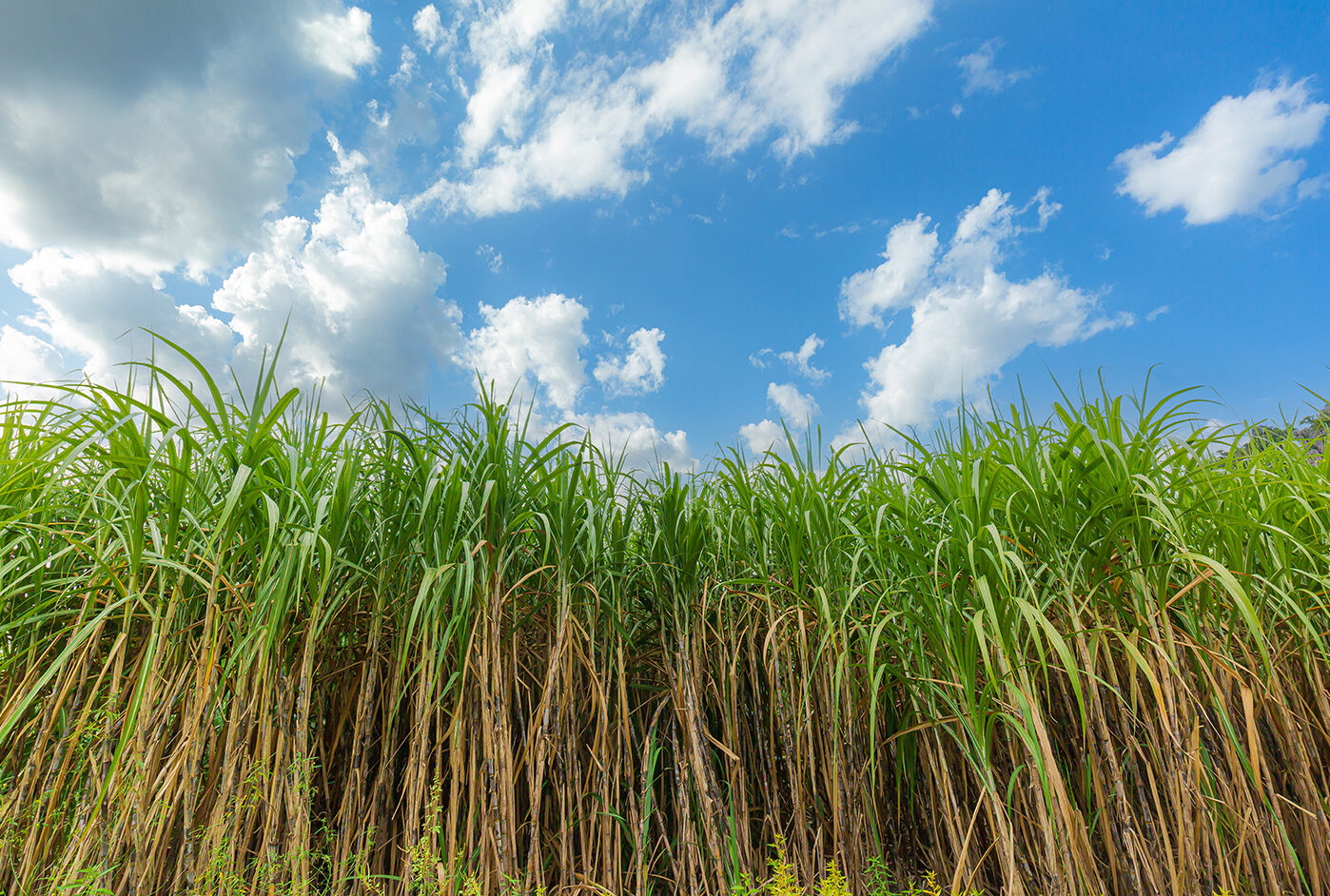Comprehending the Diverse Functions of Sugar Cane in Agriculture and Manufacturing
Sugar Cane plays a critical duty in both farming and production. As a significant cash money crop, it influences economic climates in tropical areas. Its flexibility extends past sugar manufacturing to biofuels and eco-friendly materials. Furthermore, sugar Cane cultivation promotes soil health and biodiversity. Nevertheless, the full scope of its payments and potential in lasting techniques stays to be checked out. What innovative actions could enhance its duty in future agricultural systems?
The Agricultural Significance of Sugar Cane
Sugar Cane plays a necessary function in farming, adding considerably to the economies of lots of exotic and subtropical areas. This grass varieties thrives in warm climates, requiring ample sunshine and water, making it a suitable crop for these areas. Sugar Cane is mainly grown for its high sucrose material, which functions as a critical resources for sugar manufacturing. Additionally, it plays a considerable function in dirt conservation by stopping disintegration and improving soil fertility with its development cycles. Sugar cane's considerable root system help in water retention, benefiting bordering plants. The plant sustains neighborhood communities by offering habitat and food for numerous wildlife species. Farmers typically integrate sugar Cane into crop rotation systems, boosting biodiversity and agricultural strength. The farming of sugar Cane not just meets neighborhood food demands yet also fosters lasting farming techniques, promoting long-term ecological wellness in farming communities.
Economic Contributions of Sugar Cane Farming
Sugar Cane is frequently neglected, its financial contributions are considerable, particularly in developing countries where it serves as a crucial money plant. The cultivation of sugar Cane produces considerable earnings for numerous farmers, providing source of incomes and fostering country development. As a functional plant, it supports numerous industries, consisting of sugar production, biofuels, and drugs, consequently stimulating regional economies.
Furthermore, sugar Cane cultivation promotes job development in agricultural fields, processing facilities, and transport networks. It additionally adds to forex revenues via exports, enhancing national economic stability. In regions such as Brazil and India, sugar Cane plays a pivotal function in agricultural exports, boosting trade equilibriums.
Furthermore, the crop's byproducts, like bagasse and molasses, offer additional economic possibilities, utilized in energy generation and pet feed. The economic influence of sugar Cane prolongs beyond simple growing, influencing wider agricultural and industrial landscapes.
The Process of Sugar Production From Walking Stick

The trip from sugar Cane to refined sugar entails a number of key stages that highlight the complexity of sugar manufacturing. Fully grown sugar Cane stalks are gathered and delivered to refining centers. What Is Sugar Cane Used For. The Cane is after that crushed to draw out juice, which contains a high concentration of sucrose. This juice goes through information, where impurities are gotten rid of, frequently making use of lime and heat
Next, the made clear juice is vaporized to focus the sugar content. The resulting syrup is after that based on formation, permitting sugar crystals to develop. These crystals are divided from the staying syrup through centrifugation and cleaned to remove any kind of residual molasses.
The last involves refining, where sugar crystals are further cleansed and blonde, causing the white granulated sugar frequently used in food items. This thorough procedure emphasizes the elaborate trip from raw Cane to the sugar that plays a crucial function in different culinary applications.
Sugar Cane as a Source of Biofuels
As interest in eco-friendly power sources grows, sugar Cane has become a substantial candidate for biofuel production. The plant's high sugar content allows reliable fermentation procedures, converting sugars into ethanol. This biofuel works as a renewable choice to fossil fuels, decreasing greenhouse gas discharges and advertising power sustainability.
Countries like Brazil look at more info have long made use of sugar Cane for ethanol, establishing extensive manufacturing infrastructure that sustains both domestic power demands and international export. The cultivation of sugar Cane for biofuel has actually also developed financial chances, particularly in rural areas, where it creates work and supports regional agriculture.
Sugar Cane biofuels can be incorporated right into existing gas systems, making them a useful solution for shifting away from traditional power sources. As technological innovations remain to boost production effectiveness, sugar cane's duty in biofuel development is positioned to expand, even more adding to worldwide initiatives towards eco-friendly energy fostering.
Ingenious Uses Sugar Cane in Biodegradable Plastics
An expanding number of scientists and manufacturers are discovering innovative uses sugar Cane in the manufacturing of eco-friendly plastics. Sugar walking stick, rich in sucrose, can be processed to establish polylactic acid (PLA), a biopolymer that serves as an alternative to petroleum-based plastics. This bioplastic can be made use of in various applications, consisting of product packaging, non reusable cutlery, and agricultural movies.
Making use of sugar cane-derived PLA offers numerous benefits, such as reduced reliance on fossil fuels and visit site the capacity for reduced carbon emissions throughout manufacturing. In addition, sugar walking cane's renewable nature makes it an appealing choice in the quest for sustainable materials. Current improvements in processing techniques have actually boosted the efficiency and cost-effectiveness of creating these bioplastics, fostering higher adoption in the marketplace. As the need for eco-friendly solutions grows, sugar Cane stands out as a beneficial source in the change in the direction of greener manufacturing techniques.
Ecological Benefits of Sugar Cane Farming

In enhancement, sugar Cane calls for less water compared to various other crops, making it suitable for growing in dry regions. Effective use crop deposits, such as bagasse, can decrease waste and provide renewable resource sources. Sugar Cane farming can promote the establishment of agroforestry systems, creating a synergistic partnership between trees and crops. These techniques not just protect the environment yet likewise promote lasting farming practices, ultimately benefiting neighborhood neighborhoods and environments.
The Future of Sugar Cane in Sustainable Practices

Furthermore, the possibility for sugar Cane to add to renewable resource sources is getting traction. Biofuels stemmed from sugar Cane can notably decrease carbon exhausts compared to fossil fuels, lining up with international environment objectives. In addition, developments in waste management permit the application of byproducts, additionally lessening environmental impact.
Research study into drought-resistant sugar Cane selections is likewise underway, providing resilience versus climate change. As stakeholders across the industry embrace these lasting techniques, sugar Cane is poised to play an important function in cultivating agricultural sustainability, ensuring its importance in future markets and contributing favorably to eco-friendly equilibrium.

Regularly Asked Inquiries
Exactly How Does Sugar Cane Affect Soil Health And Wellness and Fertility?
The impact of sugar Cane on dirt wellness and fertility is considerable. Its comprehensive origin system boosts soil framework, while raw material from decomposing fallen leaves adds essential nutrients, promoting general fertility and supporting diverse microbial life.
What Are the Labor Conditions for Sugar Cane Employees?
Labor problems for sugar Cane workers vary widely, typically defined by long hours, reduced earnings, and hazardous settings. Lots of face challenges such as lack of accessibility to health care and inadequate safety actions against hazardous conditions.
Can Sugar Cane Be Expanded in Non-Tropical Environments?
Sugar Cane typically grows in tropical climates as a result of its heat and humidity needs. Certain non-tropical regions might effectively cultivate it through specific farming methods, though returns and quality might be significantly minimized.
What Vermin Frequently Endanger Sugar Cane Crops?
Parasites harmful sugar Cane plants include the sugarcane borer, aphids, and nematodes. These microorganisms can significantly impact plant yield, demanding reliable parasite administration approaches to guarantee healthy and balanced development and maximize agricultural performance.
Exactly How Does Sugar Cane Cultivation Effect Local Communities?
The cultivation of sugar Cane significantly impacts local areas by giving job opportunity, promoting economic growth, and influencing social frameworks. In addition, it can result in environmental difficulties, impacting farming techniques and community health in the region.
Sugar Cane is mostly grown for you could try these out its high sucrose web content, which offers as a vital raw product for sugar manufacturing. Farmers frequently integrate sugar Cane into crop rotation systems, enhancing biodiversity and agricultural durability. The trip from sugar Cane to refined sugar includes several key phases that highlight the intricacy of sugar production. The last phase involves refining, where sugar crystals are more cleansed and blonde, resulting in the white granulated sugar commonly made use of in food items. The plant's high sugar material allows efficient fermentation procedures, converting sugars into ethanol.